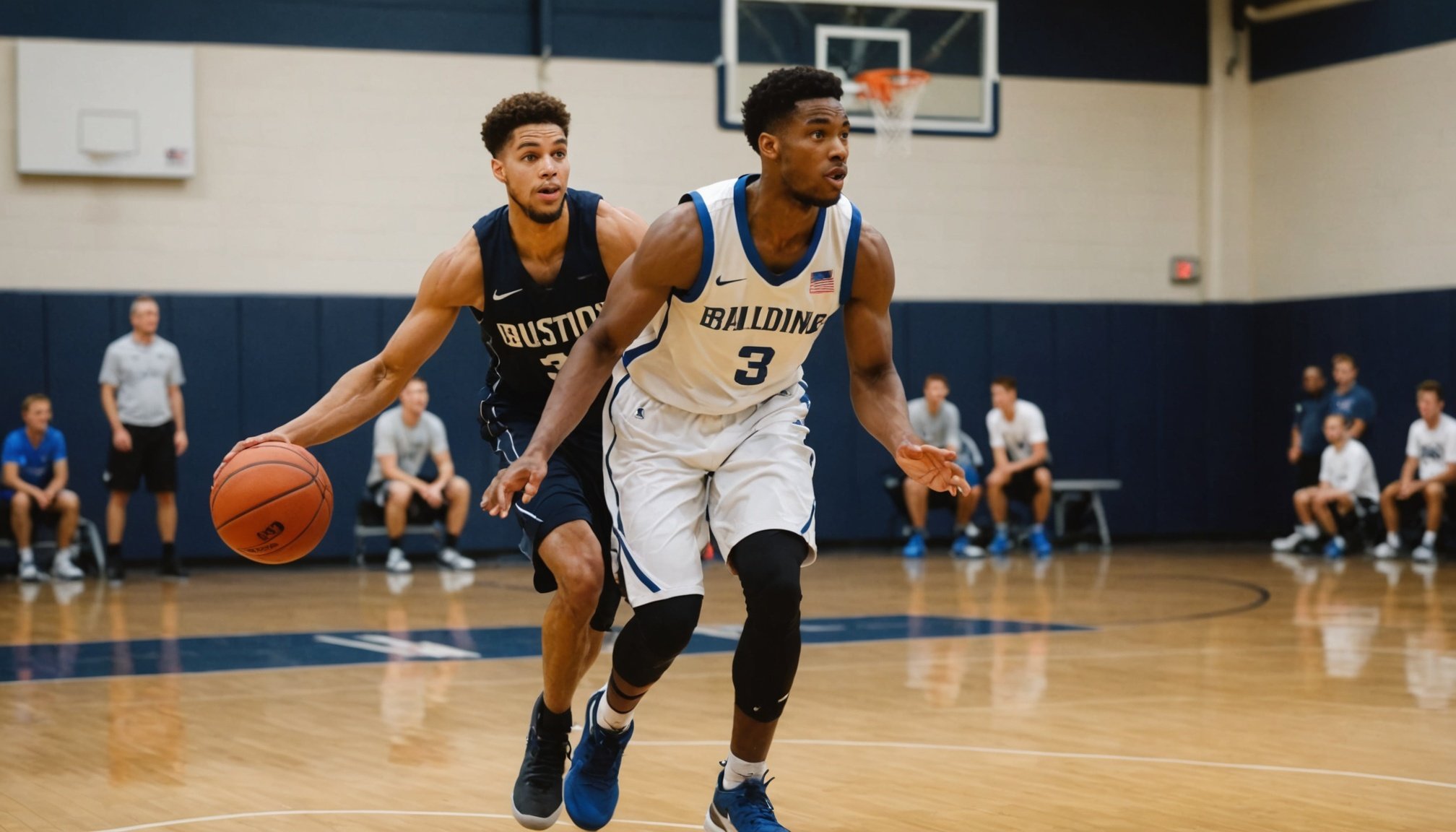Building a successful basketball training regimen is essential for any team or player aiming to reach their full potential on the court. Whether you are a beginner or a seasoned athlete, understanding the core components of training can significantly enhance your skills and performance during games. Each practice session must be strategically planned to maximize your time, focus on developing essential skills, and cultivate teamwork. This article explores various facets of an effective training program that can help players improve their game and achieve their basketball goals.
Understanding the Fundamentals of Basketball Training
To build a solid foundation, players must first grasp the fundamentals of basketball training. Each session should start with a clear understanding of what you aim to achieve. This begins with identifying your current strengths and weaknesses on the court. Players must engage in self-assessment or seek feedback from coaches to determine areas that require improvement.
Also to discover : How can basketball statistics inform a coach’s game-time decisions?
A successful training regimen encompasses various aspects, including ball handling, shooting, passing, and defense. Focusing on these basic elements during practice will ensure a well-rounded skill set. For instance, dedicating time to dribbling drills enhances your coordination and control over the ball. Shooting drills, on the other hand, improve your accuracy and consistency, vital for scoring during games.
Moreover, incorporating agility workouts is crucial to ensure that players can move swiftly and effectively around the court. Agility training also helps reduce the risk of injuries, ensuring that players remain fit throughout the season. A good training regimen should include a mix of conditioning drills that develop both speed and endurance.
Also read : Top Energy-Boosting Supplements for UK Basketball Players to Excel During Games
Understanding the significance of each fundamental aspect of basketball will allow players to tailor their practice routines effectively. Coaches can create drills that emphasize these areas, ensuring players grasp the necessary skills before advancing to more complex strategies, thereby gradually building their proficiency.
Strategic Drill Selection for Skill Enhancement
Once the fundamentals are established, players can delve into more strategic drill selections aimed at skill enhancement. The primary goal of engaging in basketball drills is to develop both individual and team skills that can be utilized during games. Selecting the right drills can significantly impact a player’s ability to perform under pressure.
For example, shooting drills such as spot shooting or free throws should be systematically rotated into practice routines. This not only allows players to get comfortable with their shooting form but also builds their confidence in clutch situations. Players should dedicate specific time slots in each training session to work on these critical shooting aspects.
Passing drills are equally important. Incorporating partner passing exercises can enhance communication and timing between players. Understanding how to deliver quick, precise passes can make a significant difference during games when executing plays. Furthermore, adding defensive drills that focus on footwork and positioning will improve a player’s ability to guard their opponent effectively.
Team-oriented drills also play a vital role in fostering synergy among players. Incorporating scrimmages, where players simulate actual game conditions, allows them to practice their skills in a realistic setting. These scenarios encourage players to think critically about their decisions and enhance their ability to work collectively toward achieving a common goal.
In summary, choosing a diverse range of drills tailored to enhance specific skills will help players become more versatile and valuable on the court. A well-rounded practice regimen should consistently challenge players while keeping the training sessions dynamic and engaging.
Incorporating Strength and Conditioning into Training
Strength and conditioning are integral components of any successful basketball training regimen. As the season progresses, players must focus on building their physical strength and endurance to maintain peak performance. This involves implementing a comprehensive strength training program that complements on-court practices.
Strength training not only increases a player’s power but also enhances resilience against injuries. Incorporating exercises such as squats, lunges, and bench presses can develop the strength needed for explosive movements like jumping and quick lateral movements. Moreover, using resistance bands and weights in training can provide added resistance, promoting muscle growth.
Conditioning drills should also be a staple in every training session. These drills focus on enhancing cardiovascular endurance, enabling players to maintain their energy levels throughout the game. High-intensity interval training (HIIT) is particularly effective, as it mirrors the stop-and-start nature of a basketball game.
Additionally, agility drills such as cone sprints and ladder drills effectively improve a player’s foot speed and reaction time. These skills are crucial for executing plays, defending against opponents, and making quick transitions between offense and defense.
Balancing strength and conditioning with skill training will yield significant benefits, allowing players to perform at their best while reducing the likelihood of fatigue or injury. Coaches should ensure that players incorporate these elements into their training regimen in a structured manner.
Time Management: The Key to Effective Practice
Time management plays a pivotal role in the effectiveness of any basketball training program. Without a well-structured practice schedule, players may struggle to balance skill development, strength training, and conditioning exercises. Establishing a clear and focused agenda for each training session ensures that you maximize the time spent on the court.
Each practice should begin with a warm-up, allowing players to prepare physically and mentally. This can include light jogging, dynamic stretching, and basic ball handling. Following the warm-up, players should shift to skill-specific drills that align with their training goals. Allocating approximately 30 minutes to skill training allows players to focus intently on improving their abilities.
Next, coaches should integrate strength and conditioning into the schedule. Setting aside at least 15-20 minutes for strength training exercises can significantly enhance players’ physical capabilities. These workouts can be structured as circuits or high-intensity intervals, depending on the team’s needs.
The latter part of the practice can be reserved for team drills and scrimmages, promoting teamwork and on-court communication. This portion of practice should last at least 30 minutes, allowing players to apply their skills in a competitive yet controlled environment.
By effectively managing practice time, players can ensure they cover all essential components of their training regimen without feeling rushed or overwhelmed. A structured practice schedule leads to improved performance on the court and allows players to monitor their progress over time.
In conclusion, building a successful basketball training regimen requires a balanced approach that encompasses skill development, strength training, conditioning, and effective time management. By focusing on the fundamentals, strategically selecting drills, incorporating strength and conditioning, and managing practice time efficiently, players can enhance their overall performance on the court. Every training session should be viewed as an opportunity to improve, both individually and as a team. As you continue to develop your training program, remember that consistency, dedication, and a willingness to learn are critical components of success in basketball.











